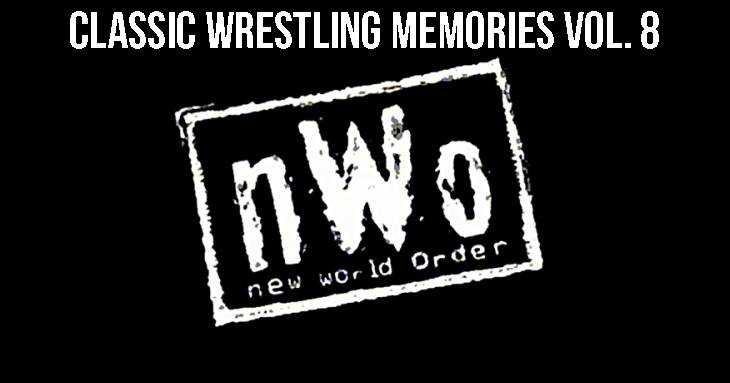Podcast: Play in new window | Download | Embed
Subscribe: RSS
It is the return to the Unpopular Opinions format we started in Volume 30, which ironically is one of our most popular episodes.
Unpopular Opinion #4: The AWA did NOT go out of business because they didn’t make Hulk Hogan their champion
It is common knowledge that Hulkamania was born in Verne Gagne’s AWA. It is also a common belief that Verne refused to put the world title on Hogan, which directly led to Hogan’s jump to the WWF and eventually the folding of the AWA. While losing Hogan definitely was a blow to AWA’s popularity, it is a bit farfetched to say the loss of Hogan is what killed the company, While we may never truly know, it is very likely that even if Hogan did have a run with the AWA title, it would have only delayed the inevitable.
Unpopular Opinion #5: Wrestling does NOT need an on-air Authority Figure
Everybody who watched WWE during the Attitude Era remembers Vince McMahon’s on-screen persona of “Mr. McMahon” and how he was a fixture on TV as the evil authority figure. Naturally, such a successful angle will inspire many knockoffs. After all, anybody can relate to working for a boss you hate.
The concept of the heel authority figure predates McMahon. Eric Bischoff was revealed to be part of the NWO heel stable the previous year. Even before that, authority figures were regularly used to advance storylines.
However, there have been countless promotions and territories that didn’t use an authority figure. Or even if they did, they did so very rarely.
Jack Tunney was billed as the WWF President for years, even though it was purely a fictional title and he simply portrayed an on-air character. He would appear periodically on WWE programming to make rulings on controversial angles or matches. Stanley Blackburn played a similar role for the AWA, as did Jerry Jarrett for Memphis. Though at least with Jarrett, he was the territory’s booker in real life.
Other examples include Jim Crockett Promotions, which fell under the National Wrestling Alliance banner. Portland, Florida, World Class in Texas… None of these promotions used an on-air authority figure to advance storylines. And that’s just in the States.
Unpopular Opinion #6: The Monday Night War was NOT the greatest period in wrestling history
Of course, “greatest” is a subjective term, but many fans who started watching wrestling during the Monday Night War (MNW) herald the late-90s as the best period for wrestling. However, when you look at monetary gains, WWE is making more money now than they ever have before, including the MNW. In the terms of TV ratings, the most-watched wrestling match in US history was when Andre The Giant pinned Hulk Hogan. That match was seen by 30 million people in 1988.
It’s human nature to look at the era you grow up in as the best era. There are very logical arguments for the Hulkamania/Rock & Wrestling era as the greatest. There are times when territories were selling out arenas simply based on local television. Jim Crockett Promotions was outselling WWF in ticket sales when they weren’t even looked at as a national promotion.
More Unpopular Opinions are on the way and we are certainly open to suggestions. Do you agree with any of these Unpopular Opinions? Even if you disagree, we’d love to hear what you think. Sound of below or on our Facebook Page!

